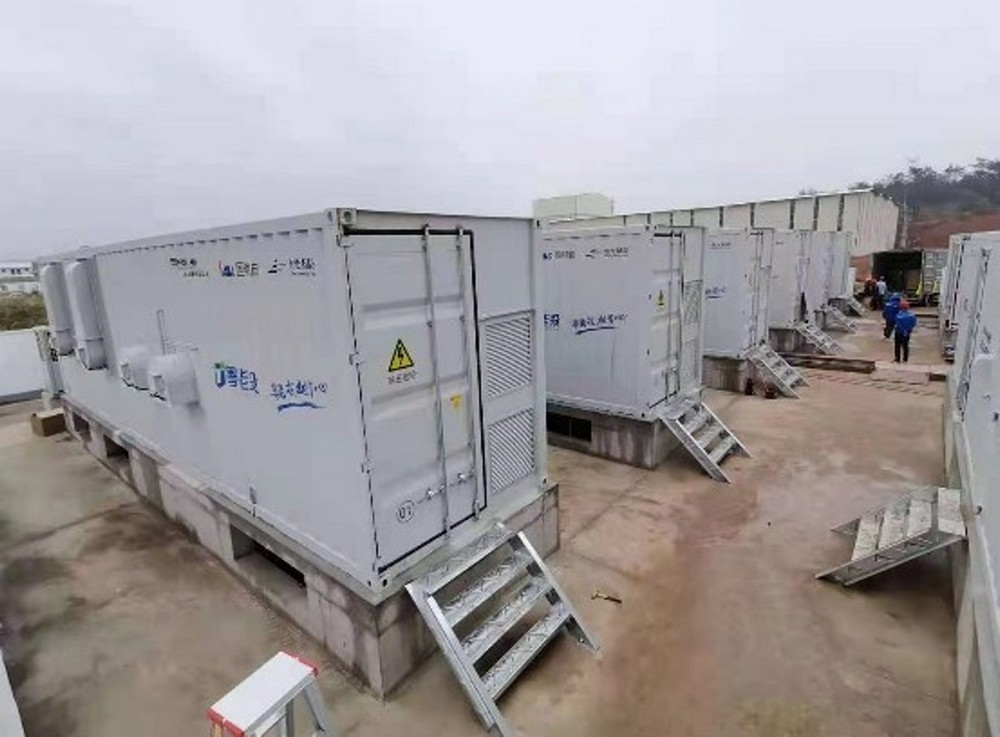Global Energy Storage Market Introduction:
1) Shipments in 2022: Global energy storage shipments of 70 GWh, with household storage exceeding 10 GWh.
2) Shipments in 2023: Global energy storage shipments of 140-150 GWh, with the majority coming from large ground storage (with North America contributing the most) and household storage shipments of 30-40 GWh.
3) PV inverters and PCS shipments: Expected to reach over 400 GW in 2023, a growth of over 50% from this year.
European Market:
1) Electricity price prediction: Current electricity prices range from 0.42-0.45 euros, with an expected increase to 0.6 euros in March-April 2023.
2) PV installations: With the release of silicon material capacity, component prices are expected to drop to 1.8-1.9 yuan/watt, driving up demand for ground-based power plants in Europe and decreasing the proportion of distributed installations.
3) Household storage shipments: Top Chinese manufacturers are expected to ship 10-11 GWh by September 2023, with an estimated total shipment of 14-15 GWh for the year.
4) Large-scale storage development: Mainly from the UK and Ireland, accounting for 70% of large-scale storage in Europe. PV power generation in Germany, France, Italy, Spain, and the Netherlands was approximately 7-800 MWh this year. With stable lithium carbonate prices, demand for installations is expected to increase in 2023.
5) PV power generation duration: The average annual power generation duration in northern Europe is several hundred hours, while western and southern Europe have a duration of 1500-1600 hours.
US Market:
1) Household storage demand: Significant growth potential, with shipments expected to double to 7-8 GWh in 2023, mainly benefiting from multiple subsidy policies.
2) Large-scale storage: The market is dominated by 14 fund companies and 22 public utilities, with the potential for more than doubling in growth.
Chinese inverter manufacturers have more products targeting the three major markets of Europe, the US, and Australia. In the European market, traditional PV core markets such as Germany, Austria, Switzerland, Sweden, and the Netherlands mainly favor three-phase products with higher power. Southern European countries such as Italy and Spain mainly require single-phase low-voltage products. Eastern European countries such as the Czech Republic, Poland, Romania, and Lithuania mainly require three-phase products, but with lower price acceptance. The US prefers higher power products for energy storage systems. Separate battery inverters are more popular among installers, but integrated battery inverters are the future trend. Hybrid inverters for PV and storage can be sold separately or as a battery energy storage system (BESS) with the inverter and battery sold together. Currently, with distribution channels controlled by dealers, each company has a relatively concentrated customer base. Battery or separate inverter products are more popular, especially outside of Germany, where they are convenient to install, easy to expand, and help reduce procurement costs. The trend in Germany, the US, and Japan is towards integrated machines, which can save many after-sales troubles and have certified factors, such as the fire system certification required in the US being linked to the inverter. The current technological trend is towards integrated machines, but separate machines are more widely accepted by installers in terms of market sales. Customers have a high recognition of inverter manufacturers that make batteries because they have a good working relationship with the inverter manufacturer and trust in the product. Backup power is needed in the US and Japan, and independent power sources are in demand in markets such as South Africa, where the national infrastructure is insufficient to support electricity use, so users need to equip themselves with household PV energy storage systems. Contact our professional team to explore renewable energy solutions for households and businesses with a complete and cost-effective photovoltaic energy storage microgrid system.

